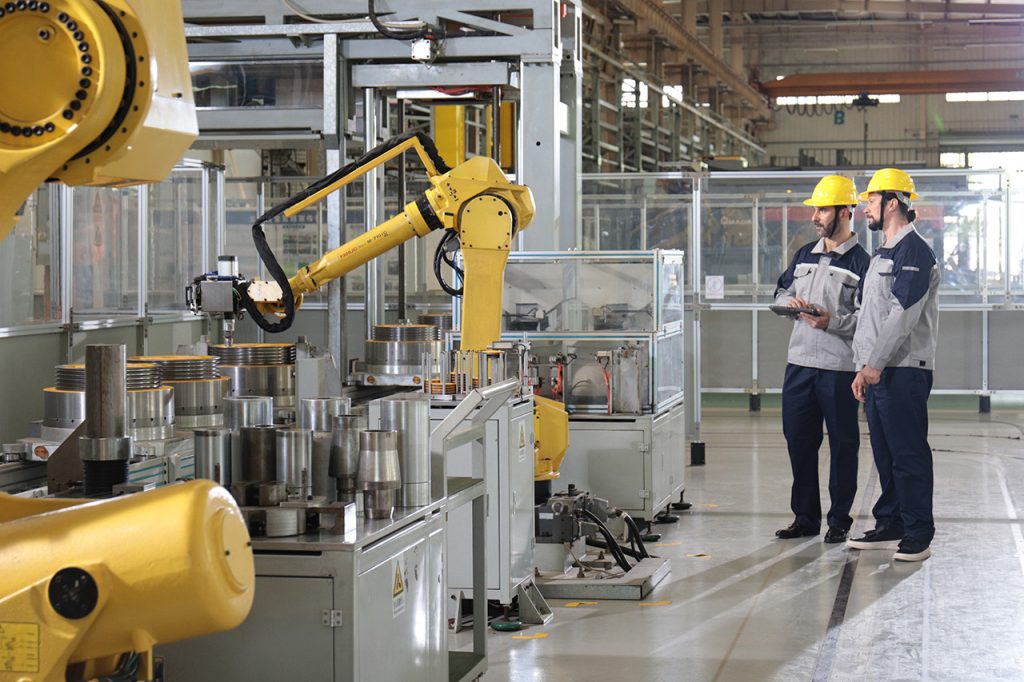

“Unity is strength” the saying goes. But in the modern workplace, simply saying you value unity doesn’t cut it. We’ve all seen those corporate pronouncements about teamwork plastered on the breakroom wall, while employees struggle with siloed systems, clunky tech, and a general feeling of disconnect. So, how do you move beyond the buzzwords and create a *truly* unified workplace experience that drives productivity, well-being, and, yes, even excellence?
The phrase “unified workplace” can feel a bit… militant or even robotic. It conjures images of perfectly aligned cogs in a machine, rather than a vibrant, thriving ecosystem of individuals. But at its core, a unified workplace is about removing friction and fostering connection. It’s about creating an environment where people feel empowered to do their best work, supported by the right tools and a strong sense of belonging[1][4].
Why Unity Matters (and It’s Not Just About Higher Profits)
Sure, a unified workplace *can* boost your bottom line. Studies show that engaged employees are more productive and innovative[4]. But the real benefits go deeper:
- Attracting and Retaining Top Talent: In today’s competitive job market, candidates are looking for more than just a paycheck. They want to work for companies that invest in their people and create a positive work environment[6]. A unified workplace signals that you value your employees’ well-being and success.
- Boosting Innovation and Creativity: When employees feel connected and supported, they’re more likely to share ideas, take risks, and think outside the box[4]. Unity fosters a culture of psychological safety, where people feel comfortable expressing their opinions without fear of judgment.
- Improving Employee Well-being: A stressful, fragmented work environment can take a toll on employee mental and physical health[7]. A unified workplace prioritizes well-being by providing ergonomic tools, clear communication channels, and a supportive culture. This can lead to reduced burnout, increased job satisfaction, and improved overall health[5].
Beyond the Hype: Practical Tips for Creating a Unified Workplace
So, how do you turn the dream of a unified workplace into a reality? Here are some actionable steps:
- Assess the Current State (Be Brutally Honest): Don’t just rely on assumptions. Conduct employee surveys, hold focus groups, and analyze your existing technology and processes[1]. What are the biggest pain points? Where are the communication breakdowns? Which tools are underutilized or causing frustration?
- Define a Clear Vision (With Measurable Goals): What does a unified workplace look like specifically for your organization? What outcomes are you hoping to achieve? Set SMART goals (Specific, Measurable, Achievable, Relevant, Time-bound) to track your progress[1]. For example, instead of saying “improve collaboration,” aim to “increase cross-departmental project participation by 20% in the next quarter.”
- Consolidate and Integrate Your Tech Stack: Stop the endless app-switching! Invest in tools that integrate seamlessly with each other, allowing employees to access information and collaborate without friction[1][2]. Consider platforms like Google Workspace or Microsoft 365, which offer a suite of integrated applications.
- Prioritize Ergonomics and Well-being: Invest in ergonomic furniture, anti-glare displays, and other tools that promote physical comfort and reduce strain. Encourage employees to take breaks, stretch, and practice mindfulness[7]. Consider offering wellness programs or resources to support mental health[5].
- Foster a Culture of Open Communication and Feedback: Create channels for employees to share ideas, provide feedback, and connect with each other. Encourage managers to be transparent and approachable. Regularly solicit employee input and act on it[3]. Remember, a unified workplace is a two-way street.
- Champion Flexibility: Embrace hybrid work models and flexible schedules to empower employees to work when and where they’re most productive[3]. Provide remote employees with the tools and resources they need to stay connected and engaged.
- Leverage Data (Responsibly): Use workplace analytics to understand how employees are using technology, collaborating, and utilizing office space[3]. This data can help you identify areas for improvement and optimize your workplace design. *However, be transparent with employees about how this data is being collected and used, and ensure you’re protecting their privacy.*
Productivity Power-Ups:
- Interactive Displays: Transform meetings and brainstorming sessions with real-time collaboration.
- Ergonomic Designs: Promote well-being by reducing strain and enhancing comfort.
- Seamless Integration: Streamline workflows with platforms that integrate with existing tools.
It’s a Journey, Not a Destination
Creating a truly unified workplace is an ongoing process. It requires continuous effort, experimentation, and a willingness to adapt to the changing needs of your employees. But by prioritizing connection, communication, and well-being, you can create a work environment that fosters productivity, innovation, and excellence.
Ready to start building your unified workplace? Contact us for a free consultation today!
Sources
- Why You Need to Create a Unified Workplace Experience – Blog
- The Power of a Unified Digital Workplace for Enterprise Productivity
- 10 Work Environment Factors that Boost Productivity and Well-being
- 20 benefits of employee engagement: Why it’s so important – Achievers
- Employee well-being – Mercer
- Unified Benefits for a Unified Team: The Global Workforce
- Prioritising employee well-being to boost performance at work
- Fostering employee wellbeing and improving productivity





